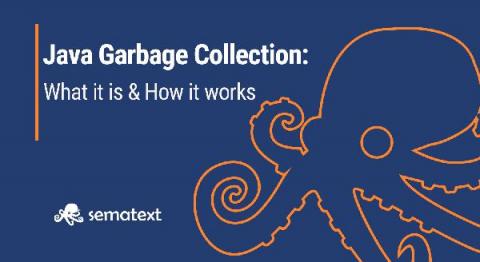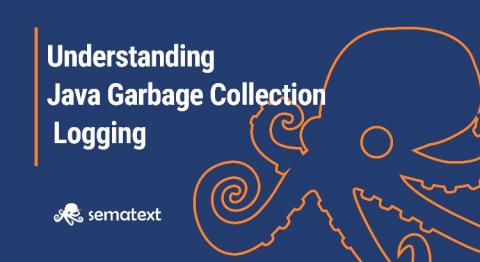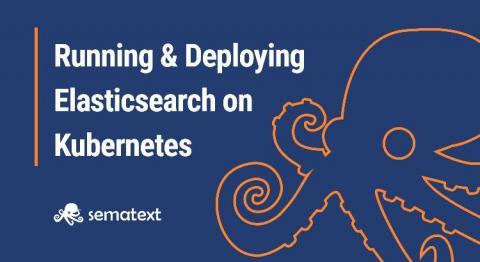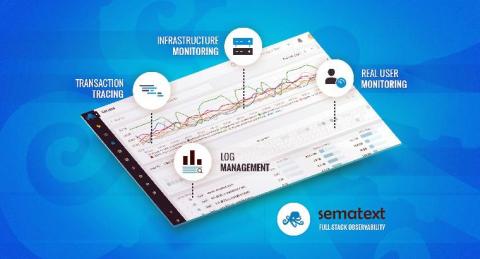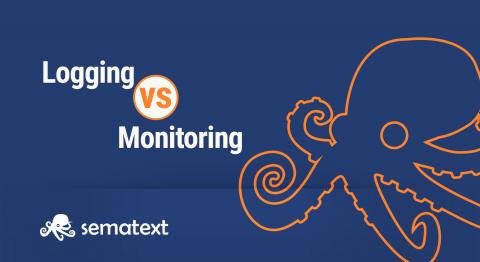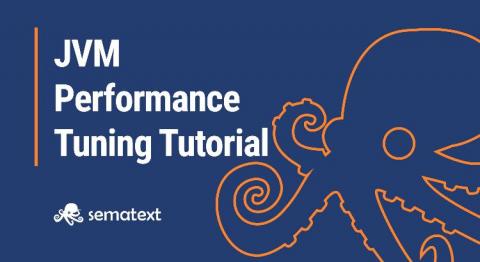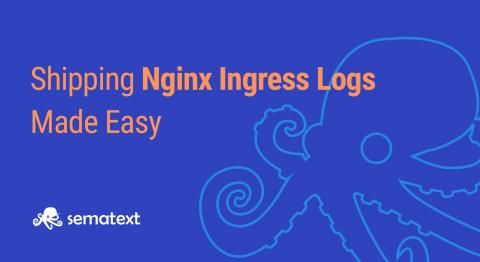A Quick Start on Java Garbage Collection: What it is, and How it works
In this tutorial, we will talk about how different Java Garbage Collectors work and what you can expect from them. This will give us the necessary background to start tuning the garbage collection algorithm of your choice. Before going into Java Garbage Collection tuning we need to understand two things. First of all, how garbage collection works in theory and how it works in the system we are going to tune.


